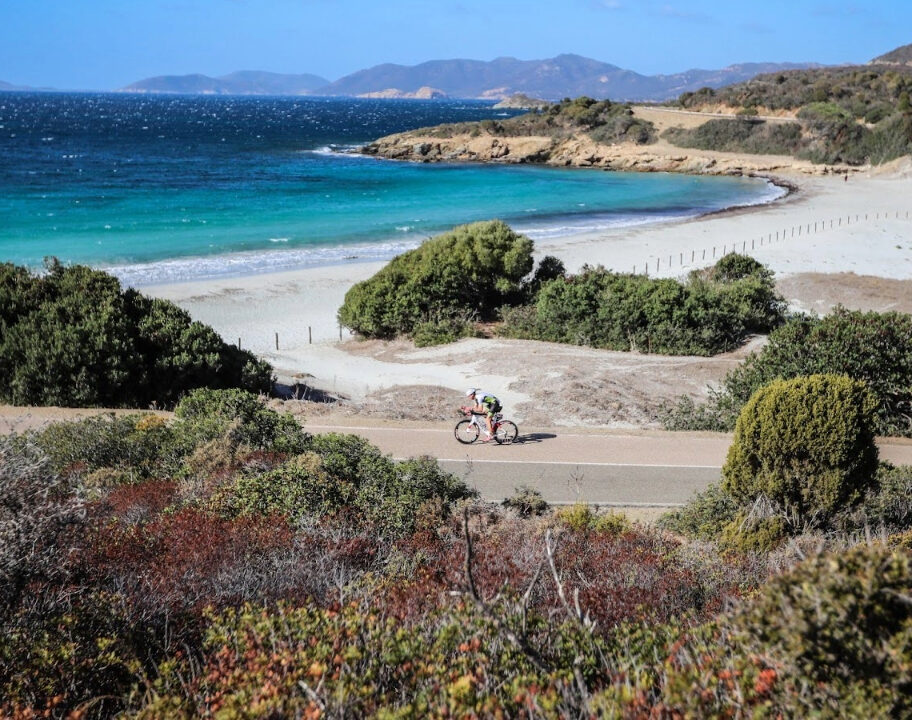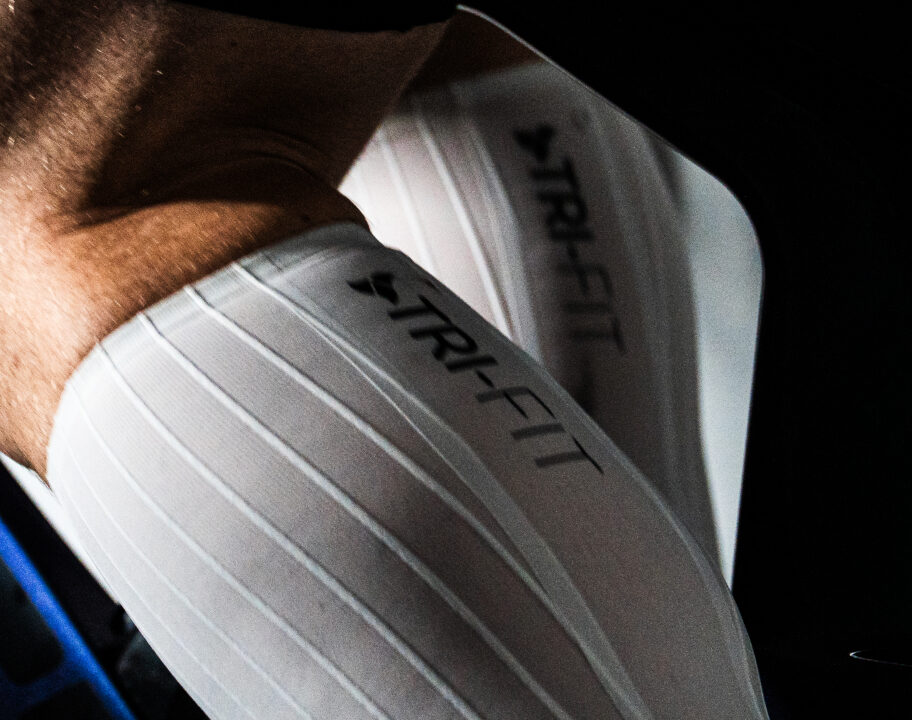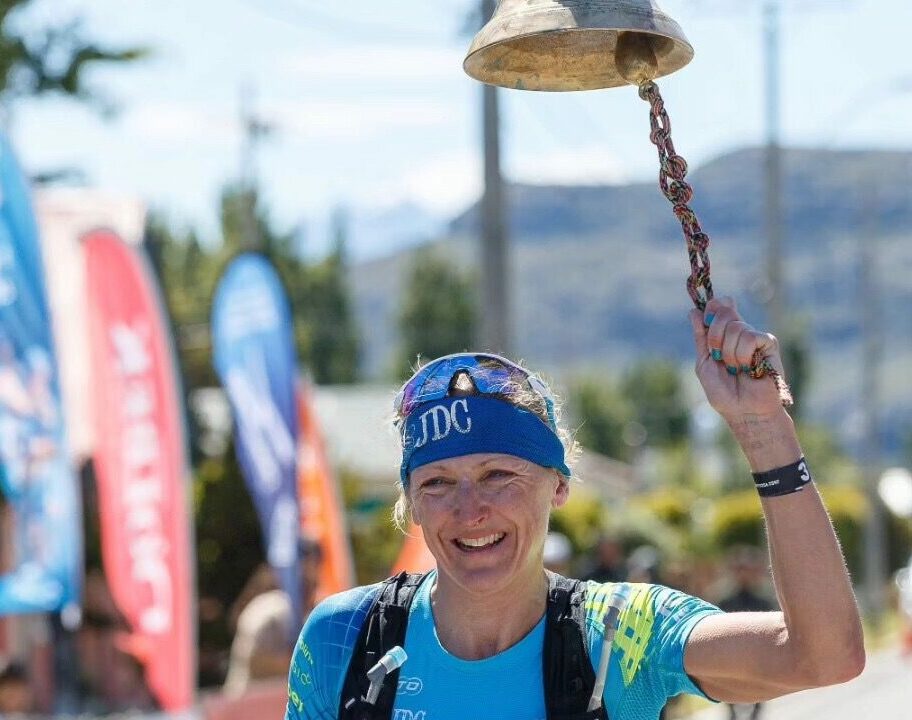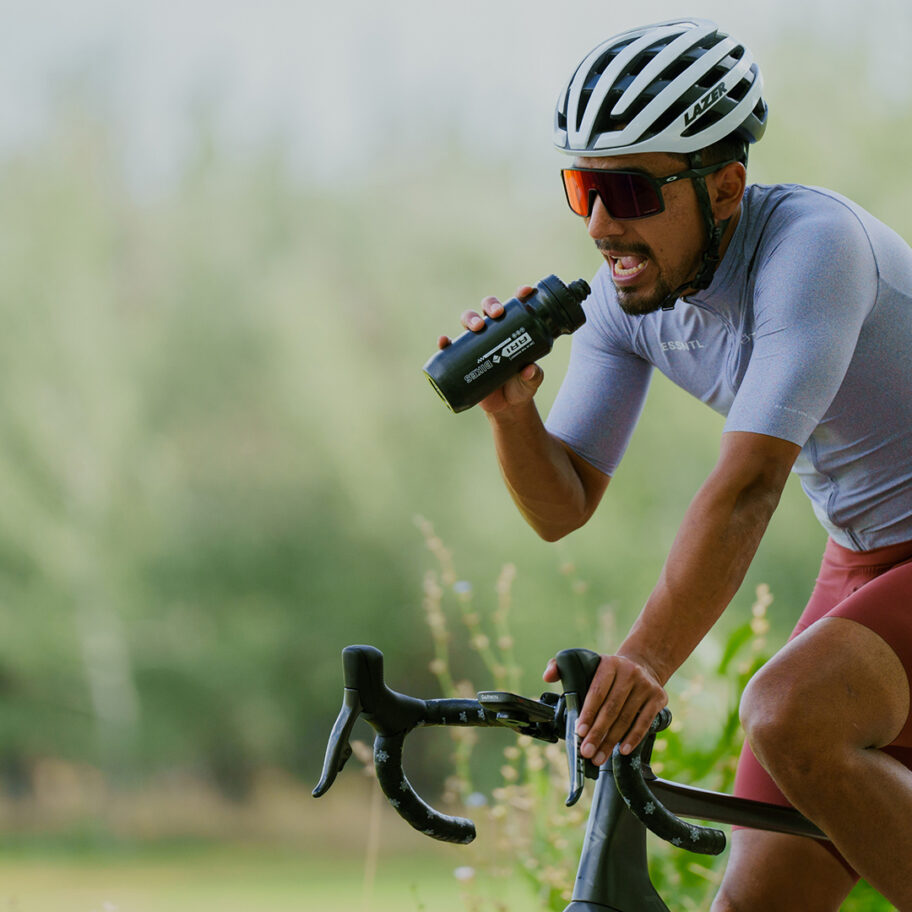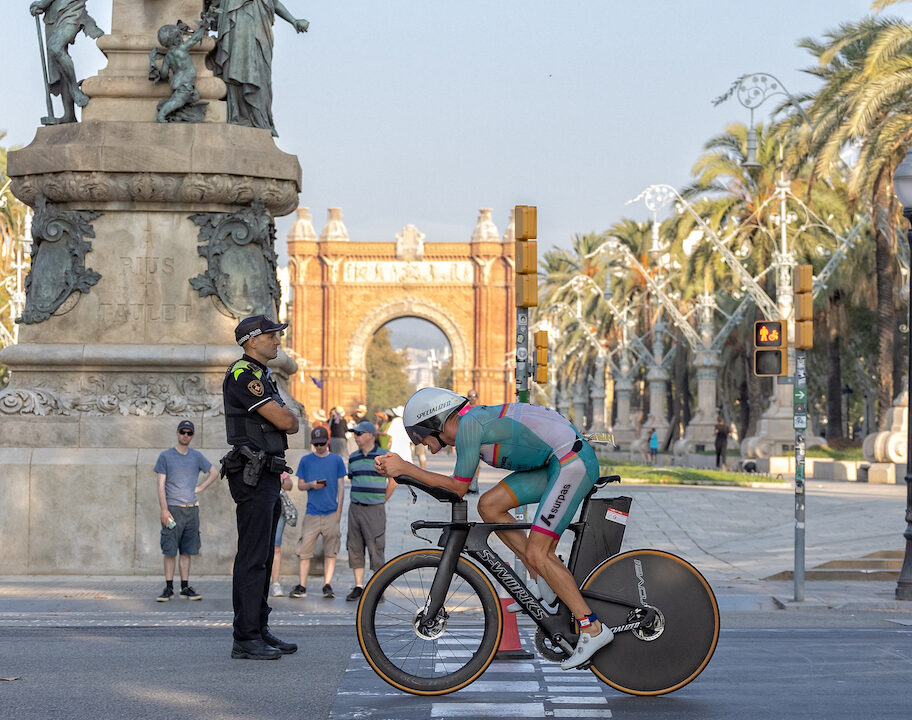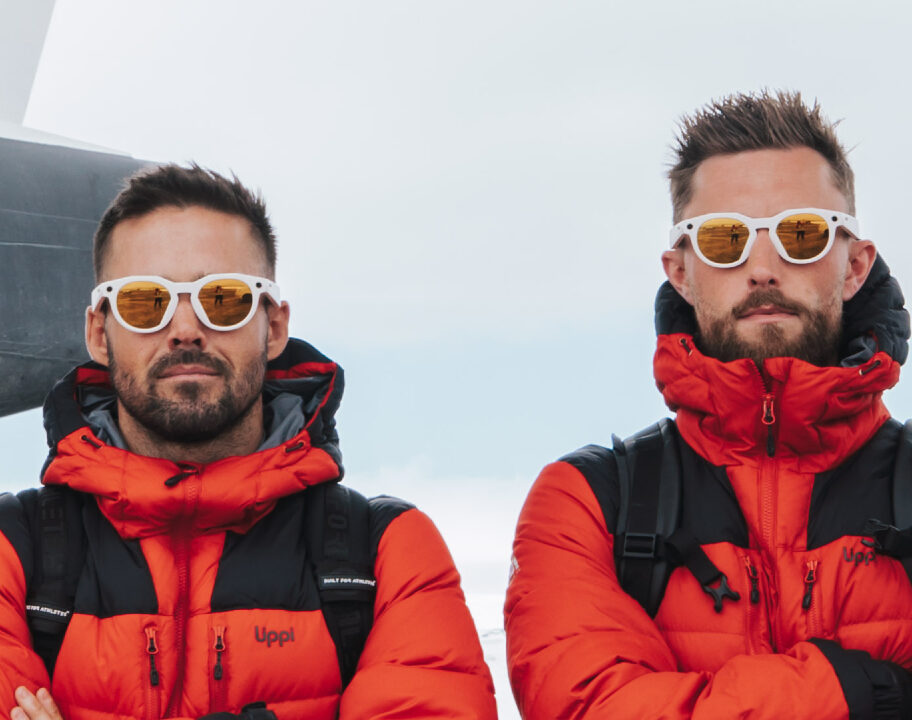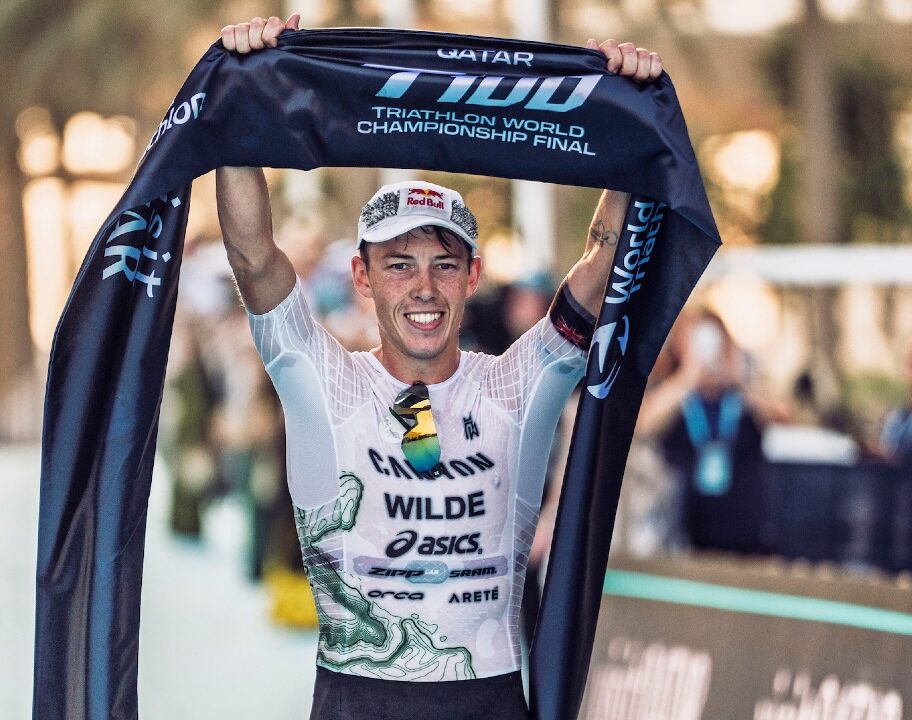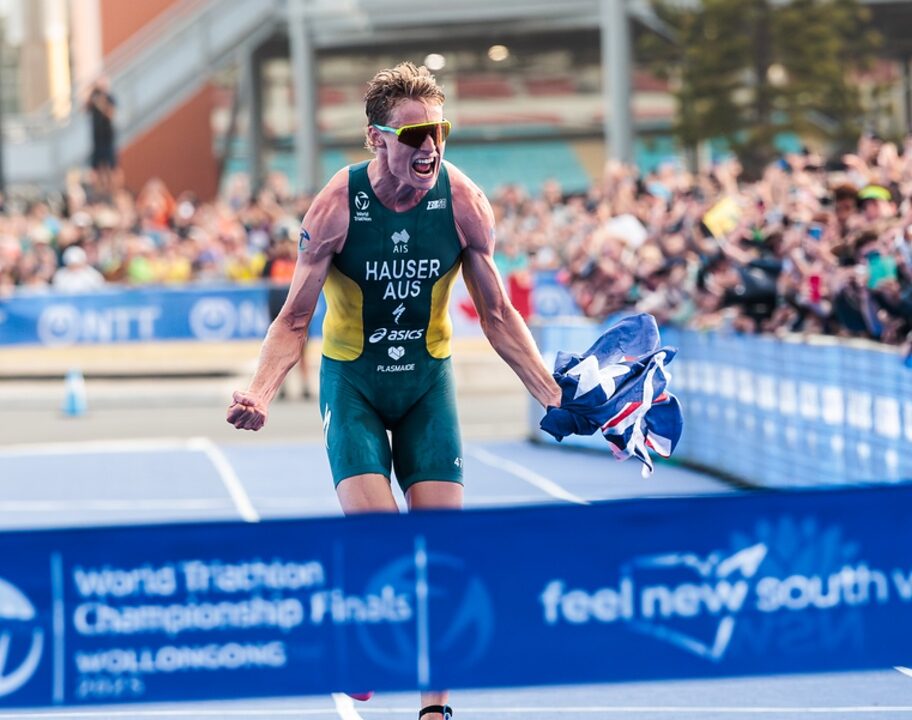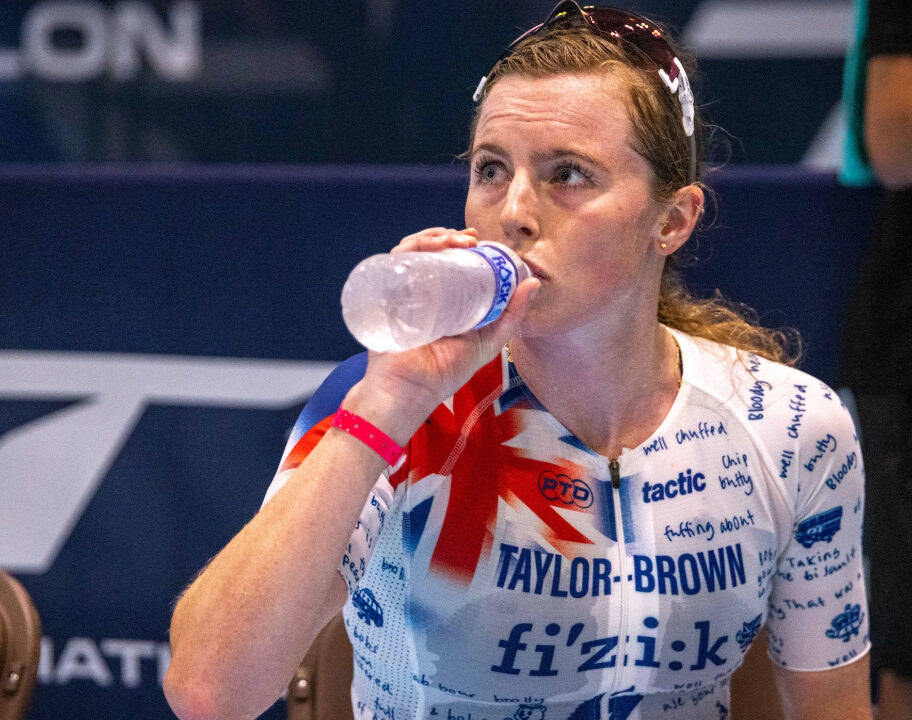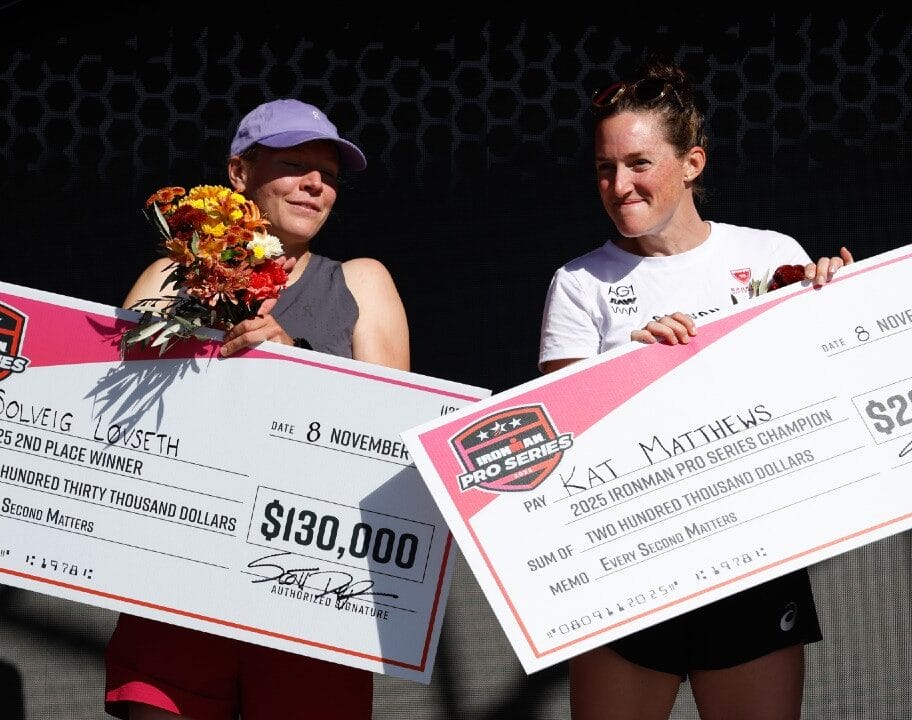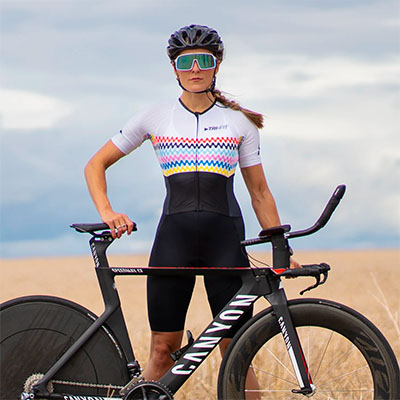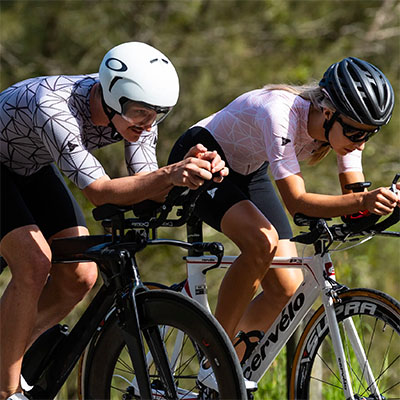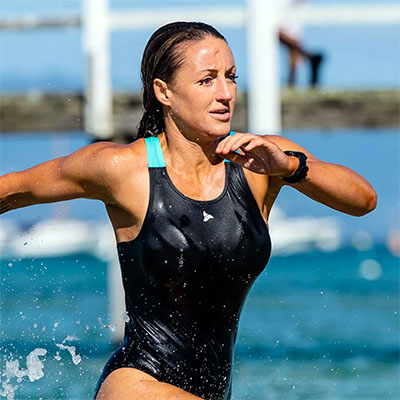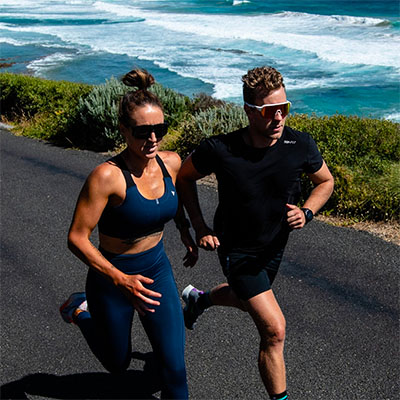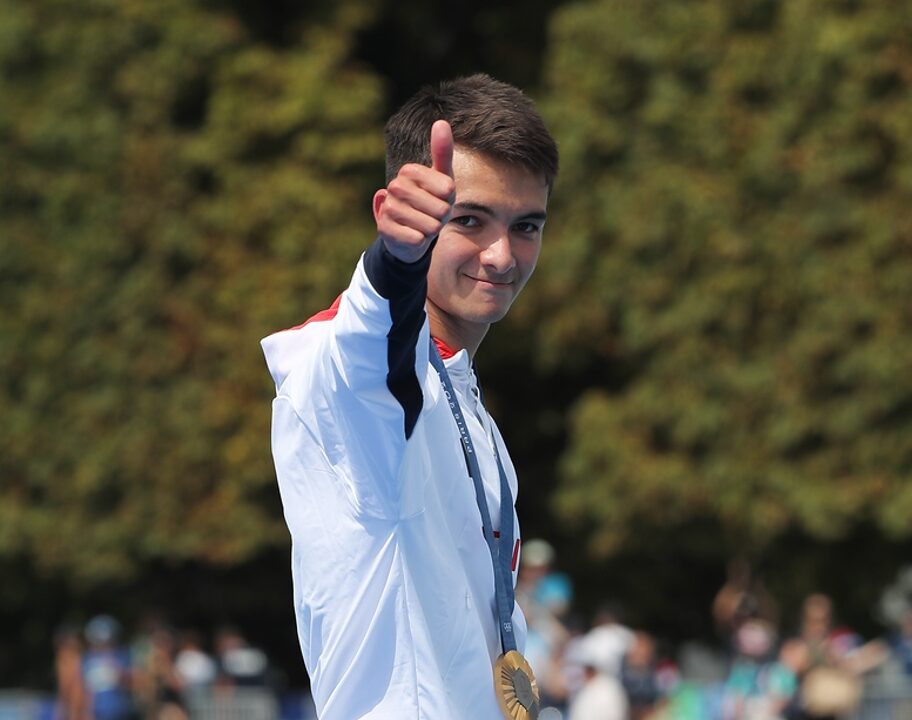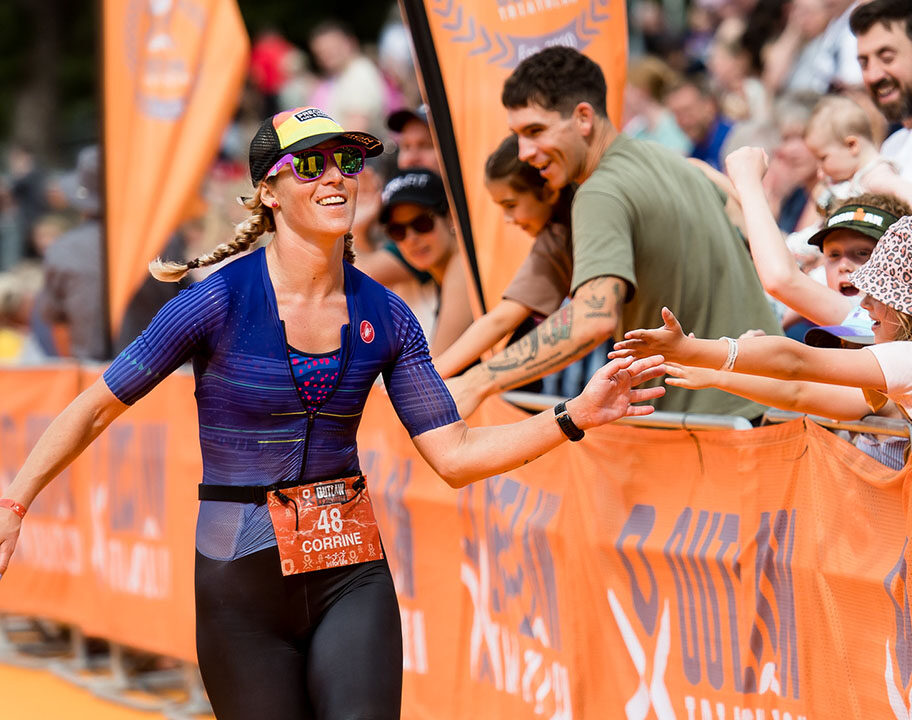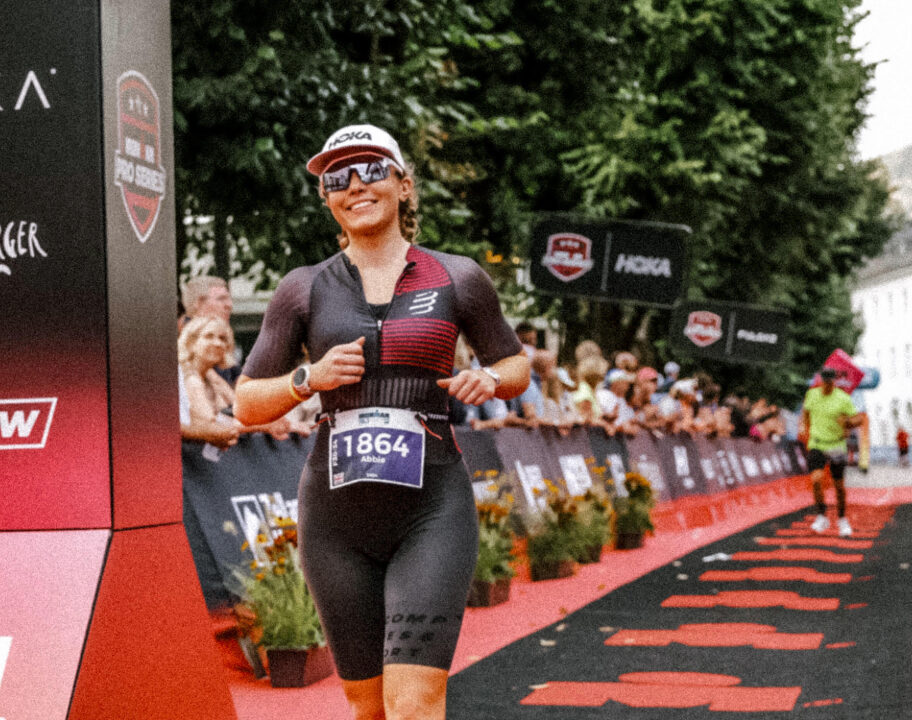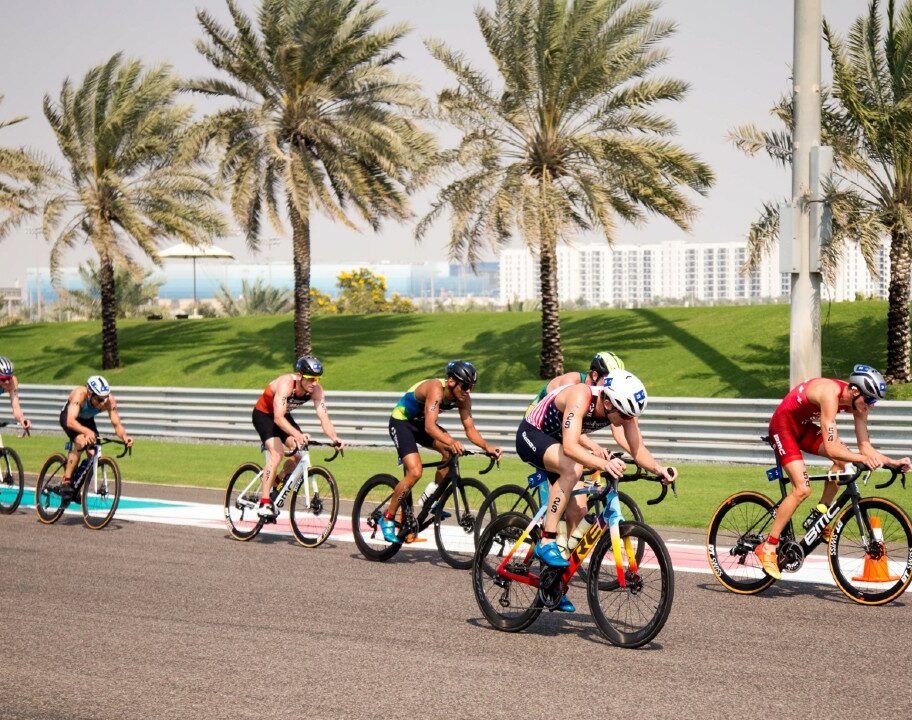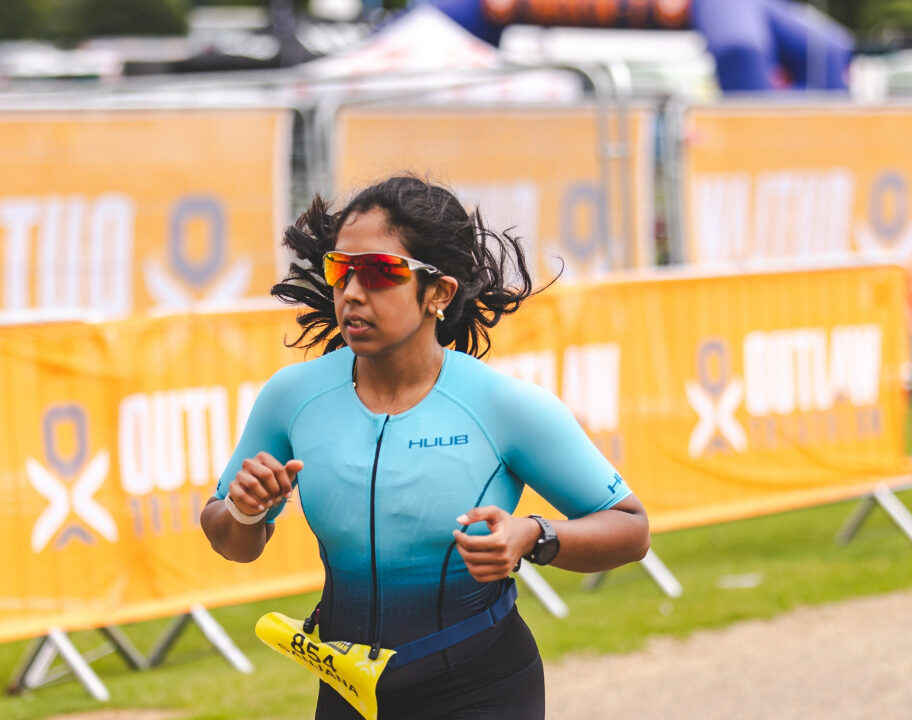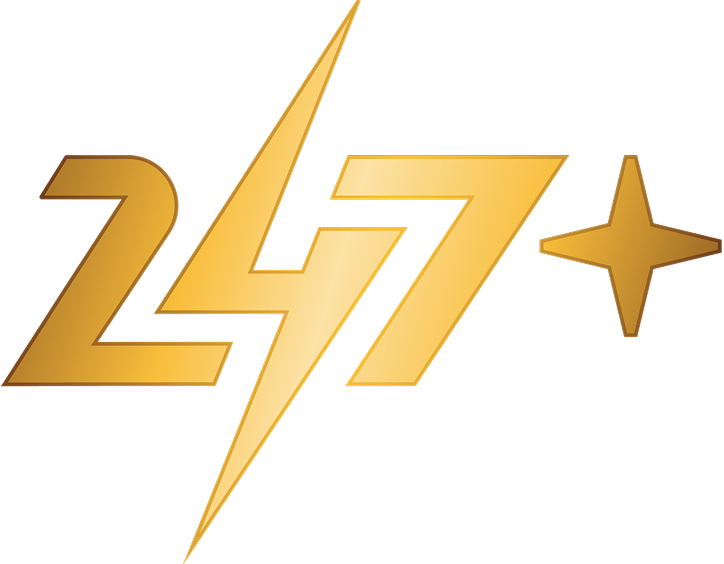Martin Van Riel, Kat Matthews and Patrick Lange – a trio of world class triathletes – each secured more than quarter of a million dollars in prize money during the 2024 campaign.
But for the majority of professionals, six-figure incomes are not the norm. Add long-term injury into the mix and it can be a battle to survive – which was the unfortunate situation that faced Ruth Astle in 2024.
The British star endured an injury-ravaged campaign that resulted in just one race finish, and she laid bare her financial costs for the 2024 season in her latest financial review on YouTube which you can watch in full below.
Counting the cost of injury
It has been a tough two years for the 35-year-old. Her 2023 campaign was hampered by a niggling calf injury that resulted in just three race finishes – with a top five performance at IRONMAN 70.3 Zell am See the highlight of the campaign.
However, her 2024 crusade brought further misery for the three-time IRONMAN race victor as she competed just twice, recording a single race finish – a podium placing at IRONMAN Vitoria-Gasteiz on July 14.
It was some performance after an injury-ravaged 12 months – Astle set a new bike record on her way to a P3 finish earning a spot at the IRONMAN World Championships in Nice.
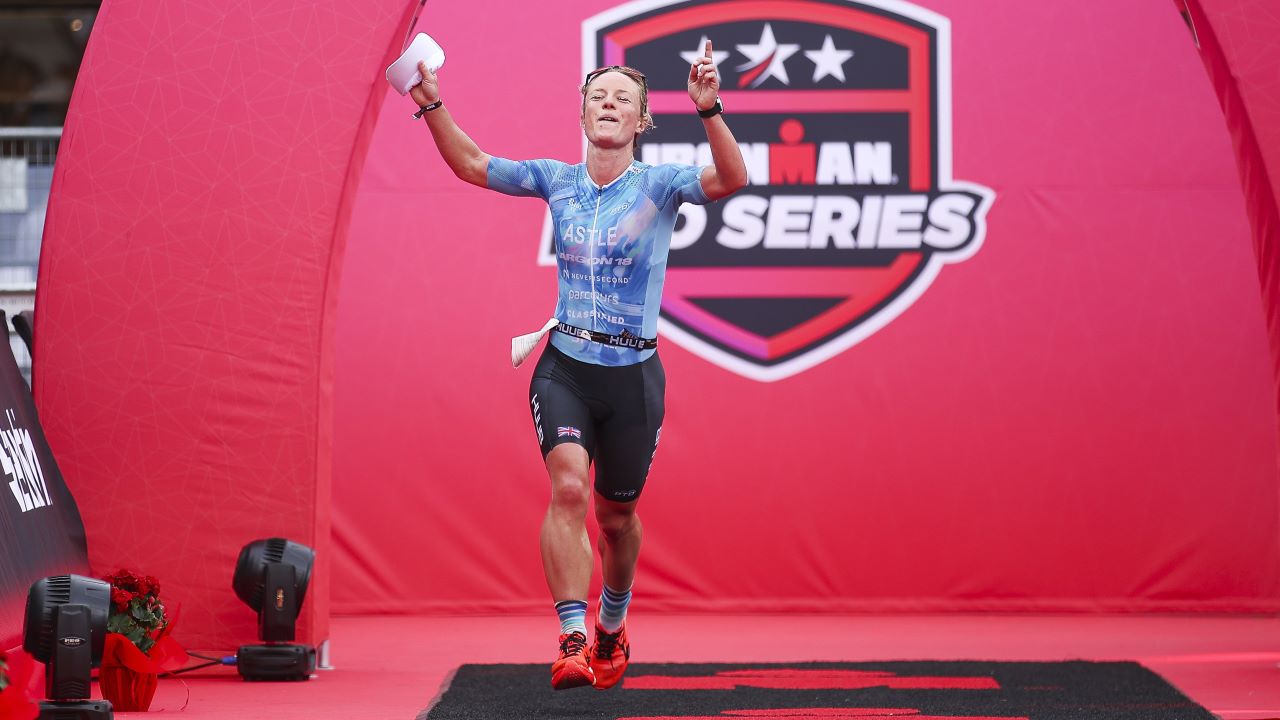
However, she was forced to withdraw from the World Champs following the bike leg – the calf once again having “other ideas”, igniting her search for answers to get the ongoing injury under control.
With her on-course action hampered, Astle has been left counting the cost of the 2024 campaign in her latest financial review.
“I think the finances are more interesting on a year where I have only raced once,” explained Astle.
“From a prize money perspective the season was not great, in fact because of some of the travel and some of the other stuff I’ve invested this year, costs have been quite a lot higher, for not really any return.”
“A months food” – how much Ruth Astle brought home in 2024
£203 – that’s the total Astle earned from the 2024 season, when factoring in all the costs of being a professional triathlete.
“Costs I have included are all base costs other than food – travel, physio, gym and pool costs. From an income perspective I don’t count coaching income, I see that as a separate job.
“This year I’m also paying for coaching, I’ve paid a lot more in physio and still a lot on travel, even though I have not raced that much.”
2024 season costs
- Base Costs
- Coaching – £4,597
- Gym – £1,611
- Pool – £2,337
- Physio – £3,752.50
- Other Costs
- Bike Parts – £3,726
- Content – £3,455
- Medical – £4,217
- Other Kit – £2,437
- Race Licence – £1,248
- Bike Service – £630
- Travel – £23,659
- Total – £50,075.50
“For comparison, last year’s costs were around £28,500, quite a lot of that was offset as I had a lot of help, so things like Kona, which would be much more expensive, didn’t cost as much as I had someone helping to pay for it and I didn’t do much more big travel other than that,” she said.
With just one race finish during the season, albeit a top three performance in July, Astle just about broke even for the 2024 campaign.
2024 season income
- Base Sponsor Income – £32,045
- Extra – £18,232
- Prize Money – £6,833
- Kit Sales – £6,086
- Podium bonus – £2,685
- YouTube Income – £2,627
- Total – £50,277
“To compare to last year – again not a great racing year, obviously raced a little bit more than this year, but wasn’t successful – my total income was £41,000 – a base of sponsor income, prize money and kit sales.
“So overall this season – I brought in £203 – about enough for food for about a month – it’s a good job I have other incomes and savings.”
“It shows how tough things can be…” – The battle for sponsorship
In 2022, Astle had jumped to #19 in the PTO World Rankings, making her job of securing sponsorship deals with the sports top brands all the more easier, with the British triathlete able to secure several 24-month deals – acquiring vital income.
However, two injury ravaged years later, the three-time IRONMAN victor has dropped to #297 in the PTO rankings, making sponsorship negotiations a much tougher task.
“Looking broader, I don’t think some of that sponsor income is going to be there. I potentially have some difficult decisions to make in terms of how I set up next year. A lot of my sponsorship deals were over two years, with a lot of them coming up for renegotiation – they are not going well.”
“It shows how tough things can be, especially when you are trying to look ahead and investing in to next year – camps, kit, etc – it doesn’t leave much wiggle room to try and invest in that when you’ve not had a great year.”


